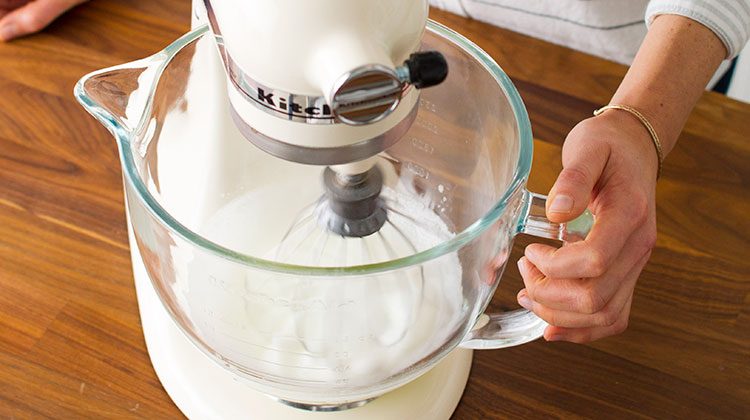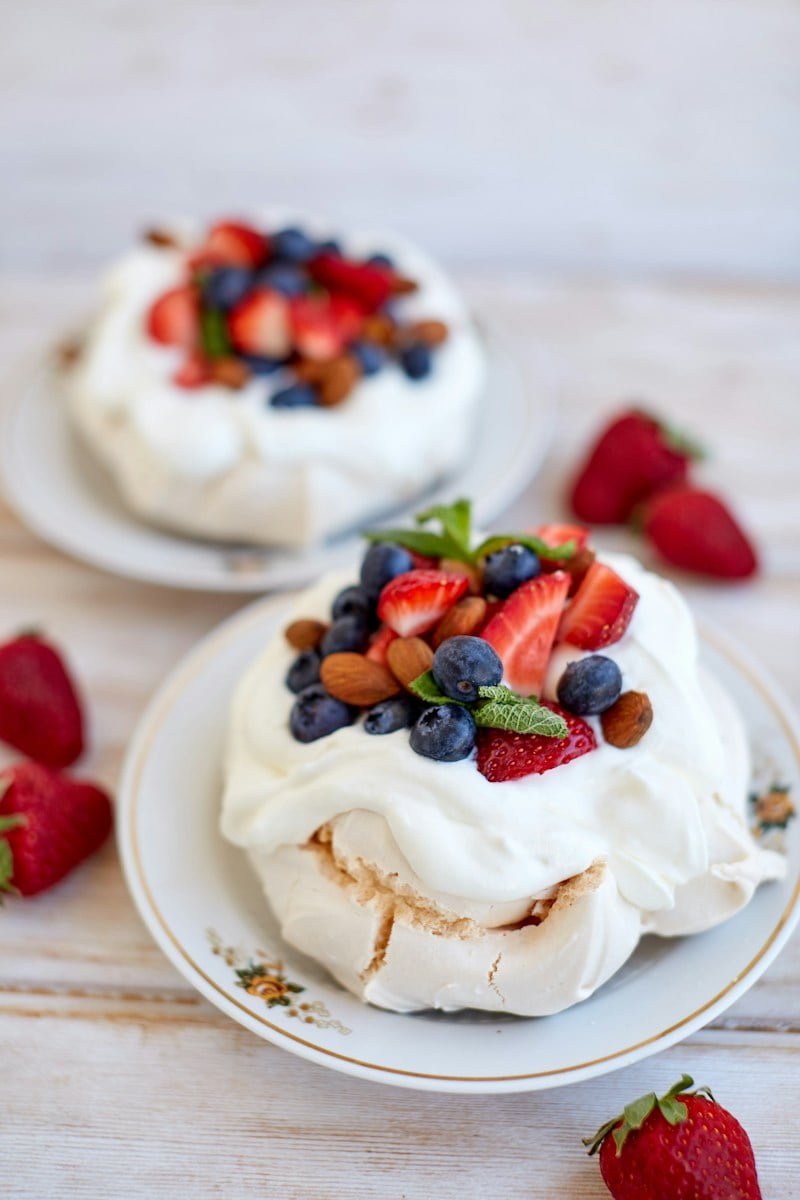Meringue, the light and airy confection, is a baker’s delight. Traditionally made by whisking egg whites until they form stiff peaks, meringue can be a test of patience and arm strength. But what if you could achieve that same fluffy perfection with a device that’s likely already sitting on your kitchen counter? Enter the blender. While not conventional, making meringue in a blender can save time and effort. In this article, we’ll guide you through the process, ensuring a foolproof approach to meringue without a whisk in sight.
Before we dive into the method, let’s talk about the equipment. Not all blenders are created equal, and for meringue, you need one that can handle the task. A high-powered blender with multiple speed settings and a pulse function is ideal. Ensure that the blender’s bowl is clean and completely dry, as any moisture can prevent the egg whites from reaching their full volume.

The beauty of meringue lies in its simplicity, requiring only a handful of ingredients. Quantities are key to achieving the perfect consistency and structure. For a standard batch of meringue, gather the following:
Start by separating your egg whites, ensuring no yolk or shell fragments are present. Allow the whites to reach room temperature, as this will help them whip up better.
Fit your blender with its sharpest blades. Ensure the bowl is devoid of any grease or water, as these can sabotage your meringue.
Place the egg whites and a pinch of salt in the blender. Begin at a low speed to allow the whites to start frothing. Then, gradually ramp up the speed. This gradual increase is crucial for building a stable foam.
Once the whites are frothy, add a small amount of cream of tartar or a few drops of lemon juice. These acids help strengthen the protein matrix in the egg whites.
As the whites start to form soft peaks, gradually add the fine sugar while the blender is running. The sugar should be added slowly to give it time to dissolve and to not deflate the egg whites.
Continue blending until the mixture forms stiff peaks. This means when you lift the blender blades, the meringue should hold its shape without drooping.
Meringue is best used immediately. Whether you’re topping a pie, making cookies, or assembling a pavlova, work quickly to maintain its structure.

Your blender-made meringue can be the base for a multitude of desserts:
Meringue can be finicky when it comes to storage:
Crafting meringue in a blender is not only possible but can be a convenient alternative to traditional methods. With these tips and techniques, you can whip up meringue with ease, ready to crown your confections with its sweet, airy glory. Whether you’re a seasoned baker or a curious cook, this whisk-free method is sure to add a touch of magic to your dessert repertoire.

